We can’t put more force into the world that mobile apps are the future of the technology industry. Video calls, entertainment, games, video streaming, music streaming, food ordering, cab booking, and so many more options are right at our fingertips. This is the reason why businesses need to get a mobile app developed for their […]
Updated 19 January 2024

Director at Appventurez
We can’t put more force into the world that mobile apps are the future of the technology industry.
Video calls, entertainment, games, video streaming, music streaming, food ordering, cab booking, and so many more options are right at our fingertips.
This is the reason why businesses need to get a mobile app developed for their business. But is this decision as easy as the above statements?
No. There are so many things that need to be in place when it comes to mobile app development. One major aspect is mobile app development strategies that help in determining the future of the business.
Still, confused?
Let us explain everything to you in detail starting with some facts and figures of the mobile app then moving towards the mobile app development strategies, and wrapping it up with how we can be helpful.
If you are planning to develop a mobile app then the first question that will pop into your head is “Why mobile apps are important”. If I have to give you a simple answer then it will be because everyone (potential audience included) is sitting on their mobile phones for hours.
To give you an idea of it, here are some major stats on Mobile app usage.
These are just the basics as there is more to Mobile App Statistics that includes some amazing factors making companies jump into development instantly.
This is not it then comes the difficult choice – iOS or Android that is not as easy to decide as you might predict. There are different types of factors included that you can go through at iPhone vs Android Startups First Choice.
Additionally, there are some major Apple App Store and Google Play Store Statistics that one must go through to get a better understanding of mobile app development.
The fact is that the choice is becoming even more difficult with the COVID-19 pandemic. The impact of COVID-19 on the Mobile App Economy is something that no one could have predicted but even during these difficult times, the mobile app world is slowly bouncing back with on-demand apps. To get more information on it, you can check out.
If we go further into it then the overall mobile app revenue in 2020 is expected to reach $188.9 billion which is estimated for 2022 to reach $510.39 billion.
Let’s not waste much time on it and understand all about mobile app development before understanding its strategies.
Mobile App Development is mainly divided into six major categories that define the overall process.
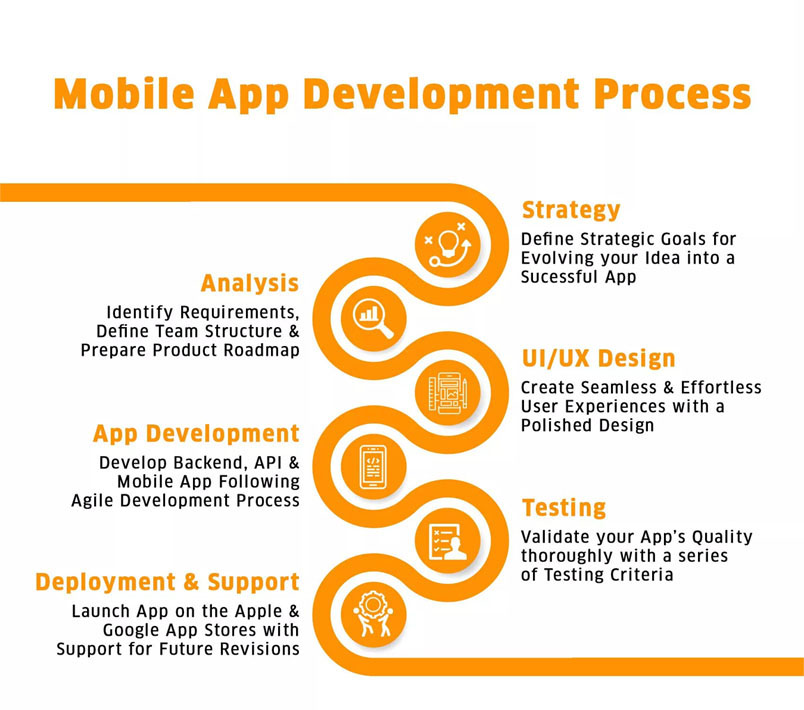
These are the major aspects that define the overall mobile app development. These processes are the major aspect when it comes to mobile app development. This uses a significant part of the development cycle that makes it easy for developers.
Once you get an understanding of the mobile app development process, you need to jump into the types. Mainly mobile app development is of three types – Native, Hybrid, and Web. I know the majority of you have guessed them as iOS and Android but these are just the platforms or operating systems on which you run your apps.
a) Native App Development – In this type of development, the coding for the different operating systems is done separately. Android is done using Java, and iOS is done using Objective C or Swift. Additionally, it offers high reliability and faster performance. Examples – Twitter, Linkedin, Google Maps, etc.
b) Web App Development – This type of app development is a bit different as it is developed using HTML5 which is portable and offers finished development. Additionally, it facilitates web application development and server setup. Examples – Netflix, Google Docs, etc.
c) Hybrid App Development – Next comes hybrid development which is a mix of native and web apps. These types of apps are mainly for mobile computing. For instance – Uber and Instagram.
Now the basics are covered, let’s jump to the main top of mobile app development strategies. These strategies are divided into two categories. One of the key strategies that contain the most essential aspects of mobile app development. While another one will have the mobile app development strategies checklist that is a must-follow for the process.
If you think that knowing mobile app development strategies is an easy job to do then you need to think again. There are so many aspects that are added to the strategies that one needs to keep in mind.
Let us help you understand this daunting task of mobile app development strategies. This is to help you understand the complexities of the developing world and get started with the overall process.
Jump with us on the exciting ride of mobile app development strategies.
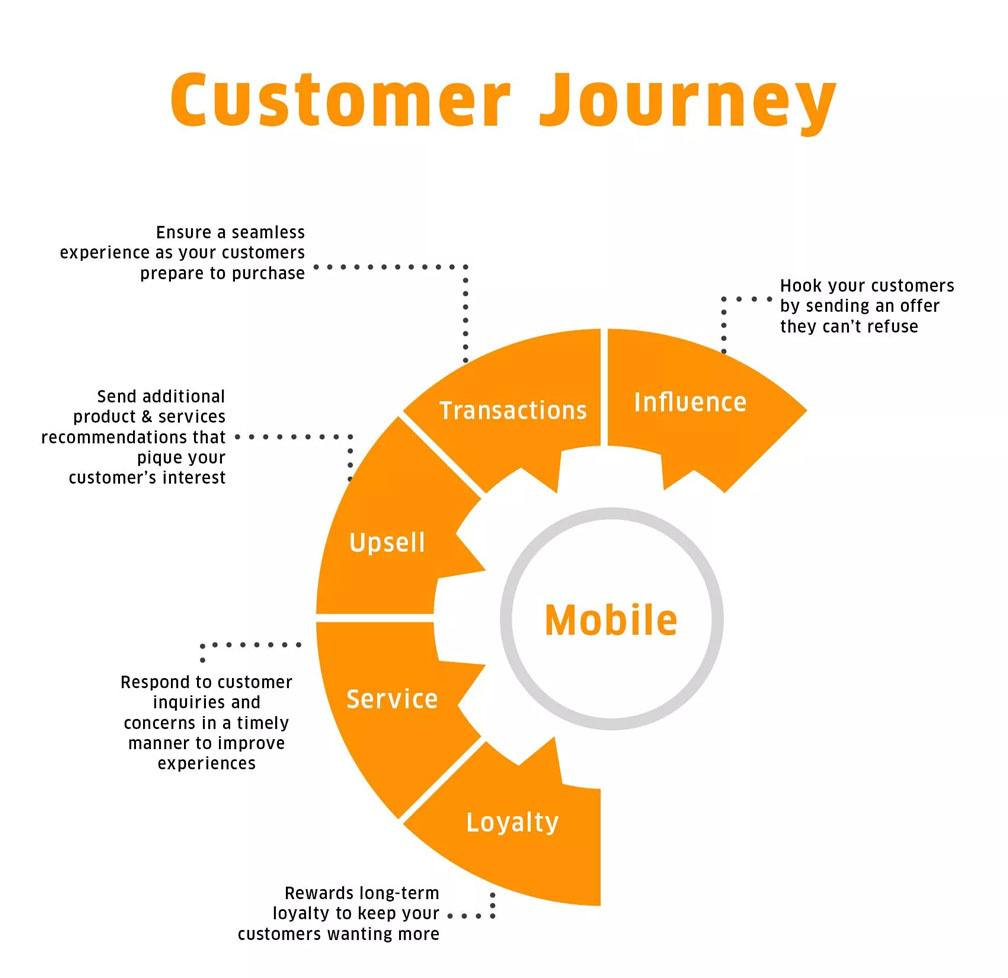
If you don’t understand the strategies of a company then how can you touchpoints and mandates? This is one of the crucial parts that allow companies to target and engage the stakeholders. For this, it is vital to have a better understanding of the company, its priorities, and its processes. This is to determine Mobile App Performance Metrics as per the business requirement. So, here are a few steps to create a mobile app development strategy with the company strategies.
The first and foremost step to take when it comes to strategizing the business scope is to document the goals, key performance, and strategies for mobile app development for the coming years. It can be as big as you want to go to your business performance and targets that you want to achieve.
These pointers include the key strategies of mobile apps like your belief, mission, objective, scope, outcome, and competitive advantage of the business strategies. The motive of this research is to understand the annual key performance indicators and overall strategy of the company. Consider it as a complementary tool that helps in developing the right app development strategy.
You need to understand that mobile apps are a seamless and convenient way to interact with customers. It is best not to consider mobile apps as a channel, as they hold a lot more importance than it. Mobile apps touch major points of business that are a natural and convenient way to increase user engagement with businesses.
It can be considered as the enabler for the company that works smoothly, efficiently, and quickly for the customers. The internal and customer requirements must be to the point while working on mobile app development strategies.
One of the major tools used to come up with a mobile app development strategy is the customer journey which showcases the interaction between companies and customers. If you think that just the digital team’s strategy is more than enough for the mobile strategies then you need to think again.
The online channel strategies are not as same as the app development strategy as it is more than just a website for the company. Remember, if the customer needs a website then they can simply visit it, no need to go for the mobile apps. Mobile apps need to be unique and more than that.
This can be done with a proper understanding of companies and seeing their interaction with customers that intercept the sweet spot for app development strategy. A better understanding can help in getting a clear idea of prospective customers for the ultimate value.
Hence, comes the customer journey that one must exercise that help build an app that can establish a strong relationship with customers. This is a way to put customers first who can operate businesses easily and build mobile apps as per the demand. This is mainly done after penning down the mobile app user persona.
The right business strategies can help in knowing the gaps between departments, channels, and business processes. It also helps in touching major points and works as strategies for mobile app development that can help in serving users.
If you want to overcome big challenges and be successful in the market then it is essential to go for the SWOT analysis that defines the strengths, weaknesses, opportunities, and threats. This helps in determining the success and failure of any techniques that might be opted for mobile app development.
Please understand that the SWOT Analysis is mainly done on two bases – internal and external as explained below. This is just an example of XYZ company which is one of the biggest giants.

This brings some aspects to attention that are usually avoided or ignored while working on mobile app development strategies. It is one of the major parts when it comes to the success of mobile apps.
No one can come up with the best mobile app development strategies if they don’t know anything about the competitors. The fact is that you can only thrive for businesses if only you know the competitors.
It can be analyzing the competitors or documenting them as per the market baseline. The major points that need to be noted while analyzing the competitor’s strategies are:
Once the dependencies and strategy of companies are summed up in a document then comes the major task of the mobile app development strategies checklist. This requires having an understanding of user cases, technology stack, and resources.
However, it is not easy to choose the right technology stack for your mobile app without a proper plan or steps to create a mobile app development strategy.
Competition is extremely common when you have to launch a new product or app in the market. You will see that your competitors are already ruling the market along with increased user base demand and limited resources.
This may put more pressure to do the majority of things at once but it also increases the possibility of messing things up. It is essential to understand the idea behind mobile app development and its benefits for customers.
This is an ideal way to come up with the best mobile app development strategies that include vital components like:
You know what to do, but how are you going to deliver it? This question is the most essential aspect that comes up with scenarios namely operating and capital expenses. The overall plan will help in lining up the cost of mobile app development.
Who knows if the plan works well then you can even opt for a minimum viable product for startups. This helps in resolving the situation for the mobile apps This will help in defining the overall budget so that it will be easy for the developers to work on the roadmap.
With all vital information noted, now comes the major part of jotting up the defined plan that must be executed during development. This can be as per the total months that the plan will go on along with expected velocity as shown below.
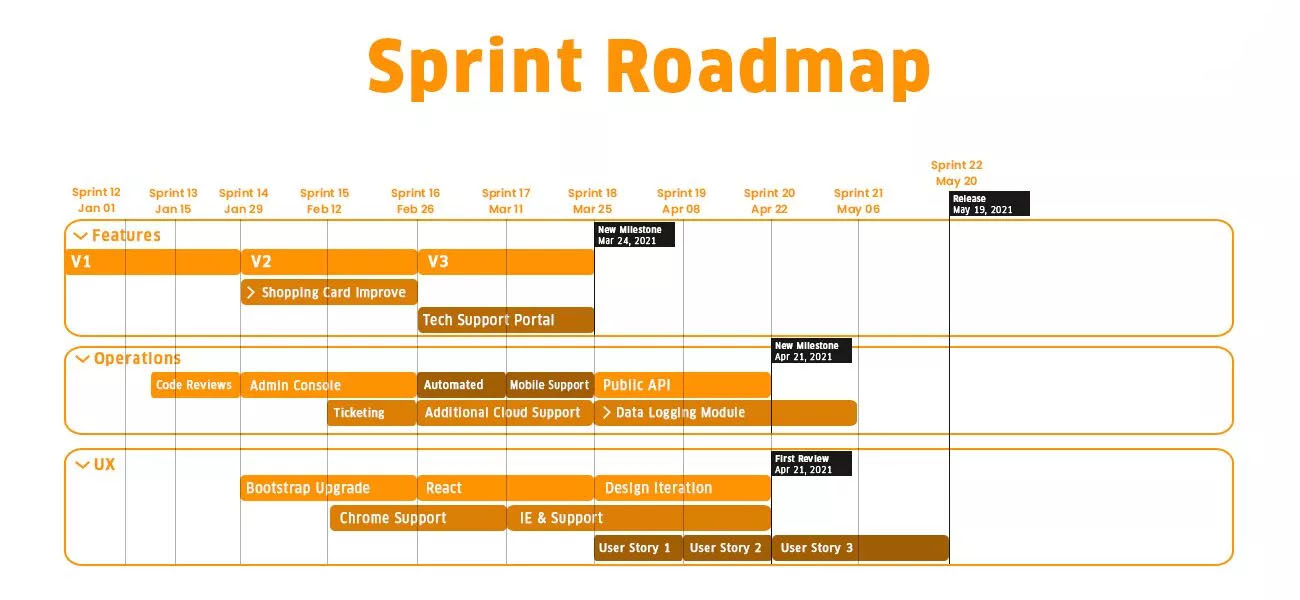
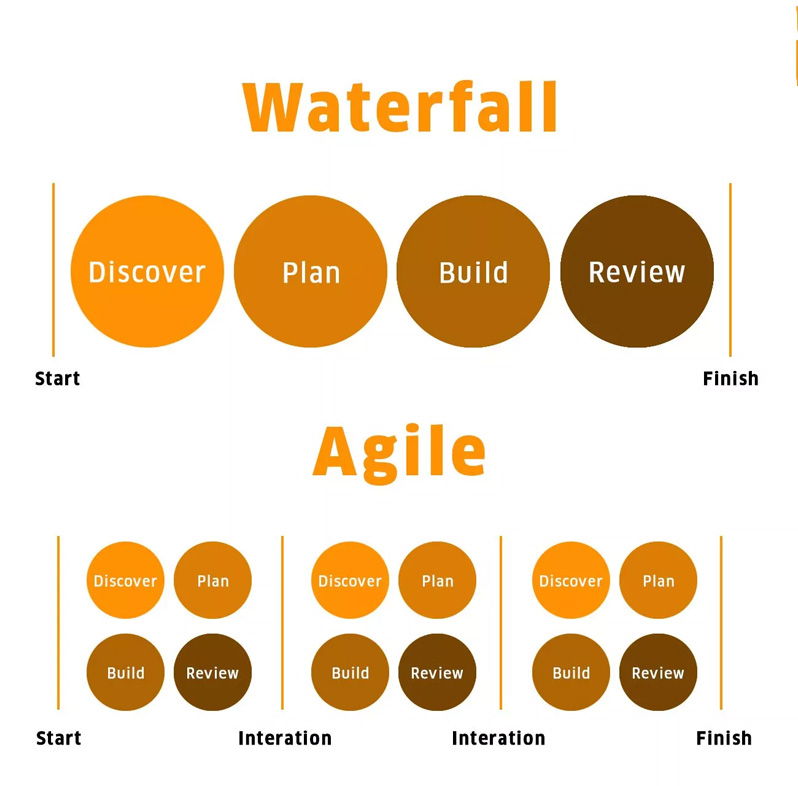
The whole timeline is properly defined in the mobile app development for the stakeholders. This makes it easy to communicate with the stakeholders and align with the overall strategies for mobile app development.
We all know the value of the software development lifecycle that determines the design and development flow of the mobile app. This is a major aspect of the mobile app development strategy that can ignore any issues with the development.
This also includes the upfront execution with the right methodology. However, agile development opens up the transparency path for the developers when it comes to large chunk development of requirements.
Additionally, the business and requirements evolve with time while following agile methodologies. These include the subsequent iterations that can easily test, launch, and put the application in front of the audience (mainly MVP). Read more about the process – Mobile App Development Timeline Guide.
The productive and efficient agile methodologies can help in finding easy solutions that can be changed constantly. This also covers the core components of mobile application development guidelines including mindset.
When it comes to choosing the right technology stack then it is essential to work on the business goals and settle things with the vital factors. These factors include major points such as:
This helps in defining the standard of mobile apps that can be used to establish internal alignment and documentation.
Once the basics are clear, now comes the part that all this ruckus is about – mobile app development strategies. Let’s directly get down to business and know the steps to create a mobile app development strategy.
When you map out the journey or develop a user persona, as mentioned earlier, you will have a clear understanding of your target audience. You will be targeting the whole customer base that will help you to solve the real problems of the building of apps.
Additionally, it is essential to know that the mobile app functionalities are kept in mind and defined accurately to develop an ideal app. This is all done with the user persona that is mentioned above that offers long-term success and adoption to increase the likelihood of the app.
It is best to write up requirements, work with the right mindset, and develop as per the common denominator.
You know the customer journey now, you know the goals, now is the time to see ways to bring things into the flow. This includes internal stakeholders rallying and strategies for mobile app development that can easily lay out the basic flow of the development plan or process.
Make sure to clearly define your requirement for a product with a complete feature set that must be documented together to ensure that the app excels in the market.
It is vital to check the effectiveness of the strategies for mobile app development that are listed before working on them. The most essential part is to showcase the value of the program with the right key performance indicators. Nevertheless, one single issue can affect certain metrics such as adoption and sales.
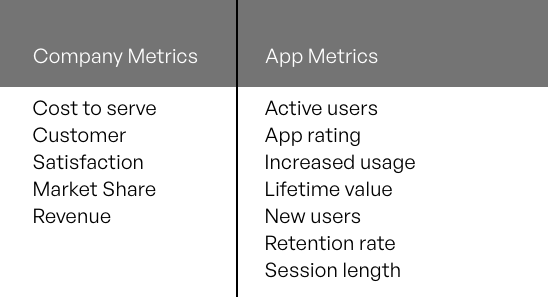
Data tracking is easy with tools that can help in developing mature apps. With this data, the developers can determine the type of application needed for different operating systems like iOS and Android or go for Hybrid and Native apps.
The motive is to define KPIs and target audiences as per the type of application and operating system. It includes device-specific software or hardware as well. Then comes the motive of the in-built features that must be kept in mind for the development.
Additionally, comes the decision to hire a Mobile App Development Company or an in-house team. Once this is set up then comes the marketing strategies and Mobile App Store Optimization Guide to include.
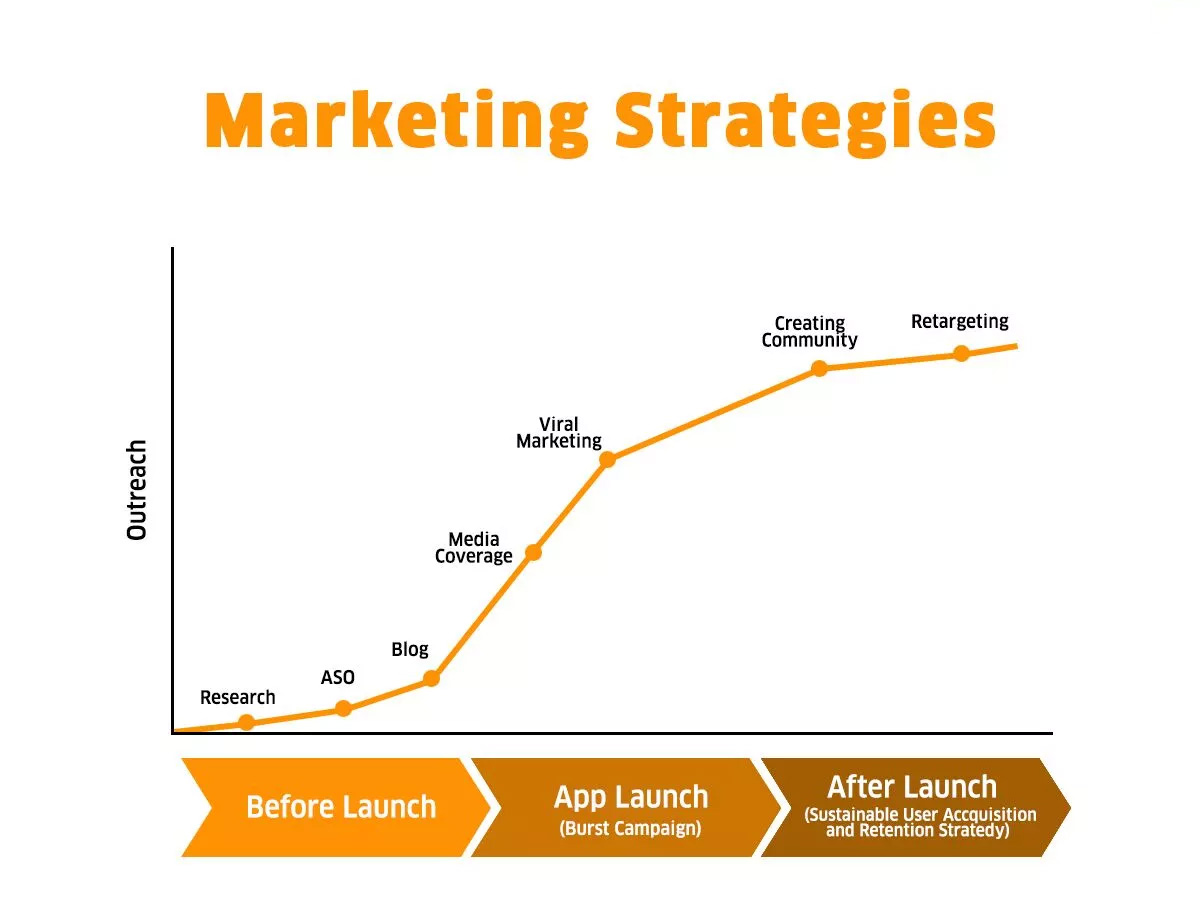
To develop the best and most unique mobile app, it is essential to come up with the best implementation strategies. In this comes the overall planning of the application like the MVP, standards, project plans, processes, and time taken.
In this process, you will understand the importance of solution architecture that helps with non-functional requirements, Minimum Viable Product development, and enforcing the strategies.
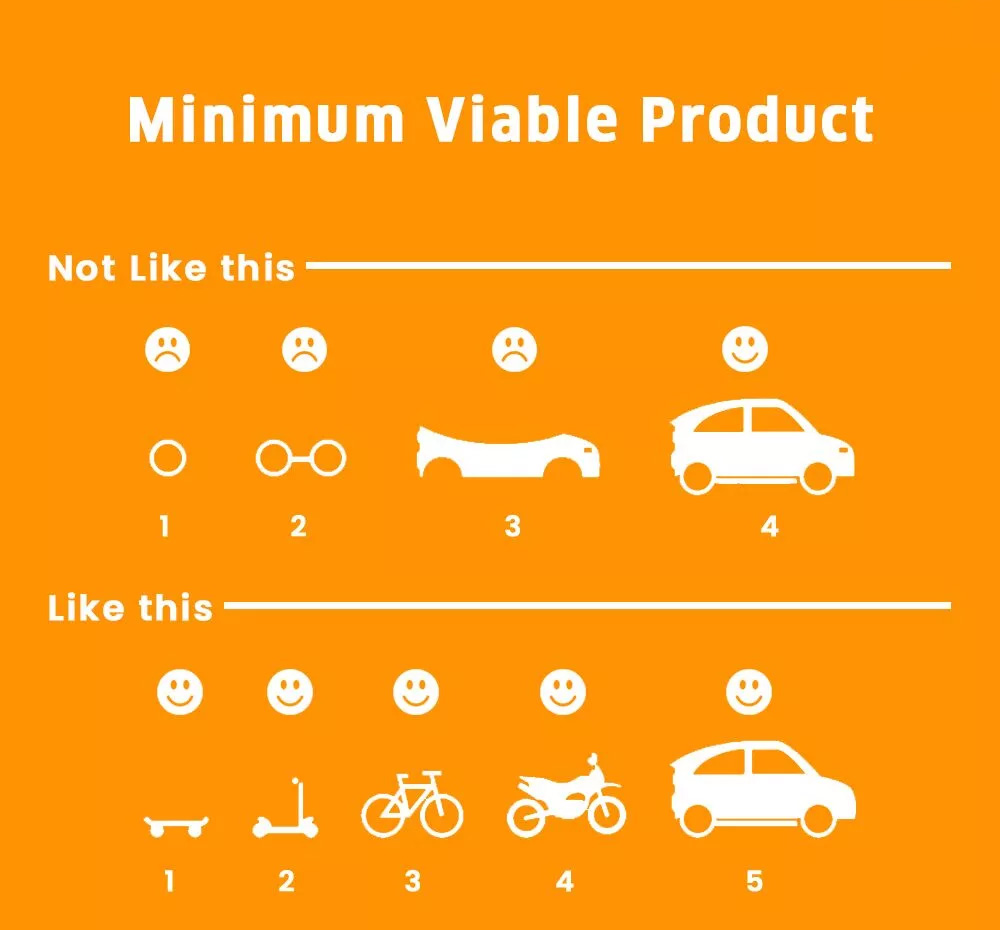
In testing, the quality assurance of the software is checked and forwarded to the other development team to work on them to minimize the issues. However, the testing plan is defined during the documentation process including test cases.
The major aspects that are tested during the process are:
The mobile app development strategies are clearly defined before diving into the whole process. Even the testing of the application is maintained while ensuring work on the automation tools for production and QA environments. This makes the process streamlined and easier to work with.
One of the major parts of the mobile app development strategies is to define the tools that will be used in further stages beforehand. This makes the implementation and adoption of the development cycle easy to maintain. Software development requires the right documentation and process tracking for a better future. Several aspects are included in it such as the overall performance of the business. Google Analytics? What about SiteCatalyst or Omniture? This leads to making some decisions on tools that are used to monitor the software and check on the SLA performance. Some major tools are Splunk, Dynatrace, FogLight, and AppDynamics.
Then comes testing automation tools that are used for quality assurance of the software. This helps in setting up the roadmap to testing that develops bug-free software that can reduce the code as well.
The next part to fall under the mobile app development strategies is the post-production software. Just launching the software in the market is not enough. There are several things that one must keep in mind after the software is successfully running. This is the answer to “how to increase user engagement on app”.
This is the post-production part of the software that includes the application launch for the software defining its run in the market. Here the major aspect is the testing and maintenance of the software which requires constant ownership and production support.
Hence, it is vital to point out every step in detail for the software development that clearly defines it working in a better way.
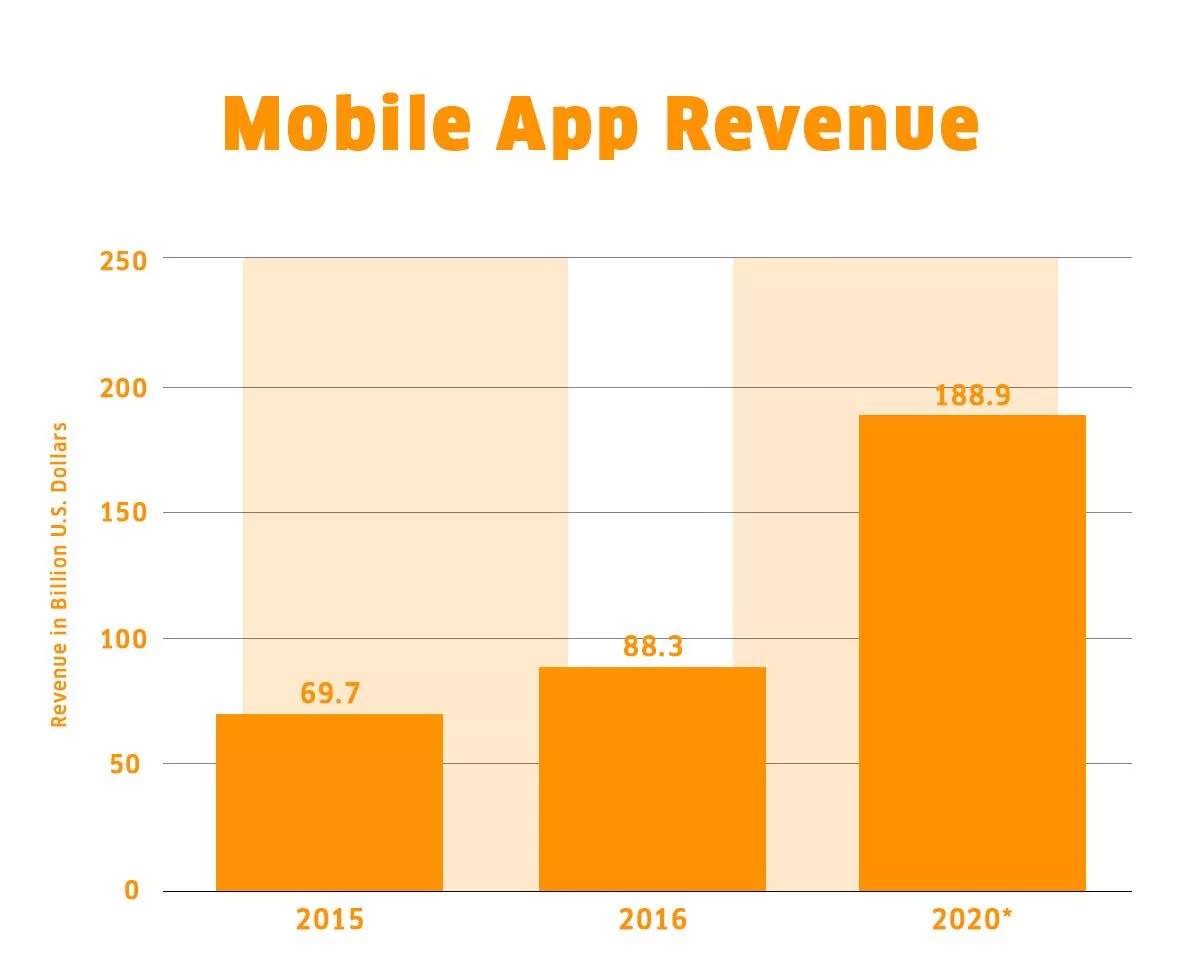
Just having the above pointers covered will bring the application to a whole new level but this is not it, there are some vital aspects that one needs to work on. Let’s dive into them for the top-notch development cycle with steps to create a mobile app development strategy.
In this aspect, the first and foremost thing to keep in mind is the security of the mobile application which helps a lot. This mainly works with the BYOD (Bring Your Device) aspect that offers self-satisfied and guaranteed development.
The fact is that if you are not satisfied with your work then customers are not going to gain anything from it. Business portable security must be kept in mind when it comes to development for better coordination. Additionally, extravagant security helps to enhance business quality while keeping the data under layers that can be used by the authorization only.
The next aspect is the back-end development for the mobile application that can submit the request from users and ensure that they can gain from it. The client-confronting applications are coordinated in this aspect in terms of internal and external requests. Additionally, it can be a bit expensive, unpredictable, and tedious if the development is not done properly.
If an application doesn’t have proper customization then it slowly loses its mobile app development quality. The fact is that in jobs, or any business verticals, customization holds a different value for customers. This makes it one of the vital mobile app development strategies that include procedures and multiple data.
It is essential to keep in mind that just because the software works well for the IT company, it will not be ideal for the manufacturing industry. Both sectors have different sets of requirements that one has to heed to work as one of the major tips to increase the Mobile App Response Rate.
Hence, the same goes for mobile app development. It is essential to cover up the several layers of the verticals to give customization options to the customers. This makes an application helpful for the customers and can be used in their own way.
The next factor that is included in the mobile app development strategies is the cloud-based process that now the majority of the industry is using. It helps in development while keeping innovative factors in mind and the best utilization of the cycle. This includes application coordination, advancement stages, and application testing.
It includes the convey, anchor, and refresh aspect that enables the organization to work on additional prospects of the application. The IoT information and versatility of the app are also maintained with accessible frameworks. On-commerce and cloud commerce make it easy for the administration to empower applications and rules in the right manner.
How free apps make money is the question that many clients and business owners might be asking. The answer to such questions is extremely simple. The businesses use the Mobile App Monetization Models that help them generate revenue using the mobile app and thrive in the market.
Here are the figures that can help in getting a clear idea of mobile app development.
It is easy to Earn Money by Developing Mobile Apps but we must implement the strategies in the right way that can help a lot. The focus can be on in-app purchases, ads, and even the premium or subscription models that can help in thriving.
No one can build a great app by just following the right mobile app development strategies. There are so many things that are listed in the development cycle that make any application great.
It is essential to empower the development cycle and track the process in the right manner to offer enhanced value in the market. All you need to do is to have a great idea, start the work, and then launch it.
Once the application is launched just focus on its improvement and manage it by moving things around. This will be more than enough to offer you the best results and an even great application.
Have a contingency plan, methodologies, the right budget, processes, and resources to achieve it all for the development cycle. Then you can freely follow the mobile application development guidelines.
If you need any consultancy help then feel free to contact us.


Elevate your journey and empower your choices with our insightful guidance.

Director at Appventurez
Director and one of the Co-founders at Appventurez, Chandrapal Singh has 10+ years of experience in iOS app development. He captains client coordination and product delivery management. He also prepares preemptive requisites and guides the team for any possible issues on a given project.
You’re just one step away from turning your idea into a global product.
Everything begins with a simple conversation.